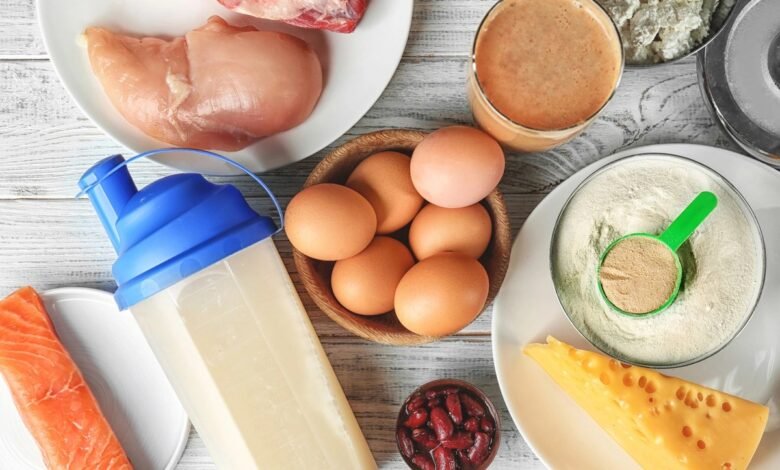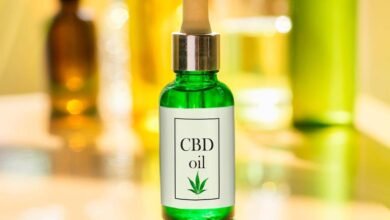Is Protein Powder Made The Same For Everyone?

Nowadays people are curious about protein powder. When perusing the shelves, the terms “concentrate,” “hydrolysate,” “isolate,” and “casein” are probably words you have seen emblazoned on the majority of protein shakes. These phrases frequently come after the term “Whey,” a component protein derived from the curd removed during the production of milk, cheese, and other dairy products. Whey is relatively low in fat and carbs and has a high protein concentration per 100g. It is also very bioavailable, which means that the body absorbs it very well. Therefore, it is not surprising that whey is so well-liked; it is a practical source of protein, is generally simple to digest, and increases our body’s overall protein level, promoting improved muscle protein synthesis and recovery.
Read More: When Should We Eat?
Learn The Why Now?
Putting puns aside, there are a number of widely consumed protein kinds that are divided into groups based on the processes used in production. Each form of the protein has advantages and disadvantages of its own. Here is a list of the most typical protein kinds you will notice on your protein label along with an explanation of what they mean:
- Whey Concentrate: The protein powder that is generated in the greatest quantity and is filtered to have between 20 and 30 grams of lipids and carbs and 70 to 80 grams of protein per 100 grams.
- Whey Isolate is a superior type of protein powder that has a 95–100% protein content per 100g and up to 5g of carbs or lipids.
These two whey protein powder varieties are the most widely available on the market, and as you can see, isolate would unquestionably be the ideal choice to take in every situation. Not quite. When comparing the two brands, Isolate comes out on top, but there are a few things to bear in mind, including its taste and its price. Whey Isolate is frequently more expensive than products like Concentrate because it undergoes a higher level of filtering. Additionally, compared to Whey Concentrate, the protein generally tastes thin when blended with water because of the filtration process. This is a significant consideration for certain people when choosing a protein source.
Always Other Wheys Are Available
Even though whey protein is the most widely used and widely accessible protein source, not everyone should consume it. While some people prefer a leaner form of protein, others are intolerant to dairy or whey itself. Beef and vegan proteins are the substitute powdered proteins. Protein content from finely crushed grains and vegetables is the main source of vegan protein powders. They frequently provide a high source of protein per serving but may be fairly expensive and naturally have an earthy texture and taste to go with them. Common examples of these protein sources include rice and pea protein. Anyone who consumes vegan protein should think about supplementing leucine because of the decreased leucine concentration of vegan protein due to its nature.
Beef-based protein, which is frequently produced in isolate form and includes high quantities of protein but low levels of carbs and fat, is another type of protein that has gained popularity in recent years. When compared to whey protein, it has a somewhat thin, “juice-like” texture and is taken from the cow’s meat and bones.
Read More: Are Frozen Fruits Healthy?
What To Take Away
Although not all proteins are created equal, choosing the best kind for you and your unique needs will mostly depend on your preferences and experience. In general, you’re fine to go if a protein shake has a high protein content, little sugar (unless it’s a mass gainer), digests well, and tastes good to you.







